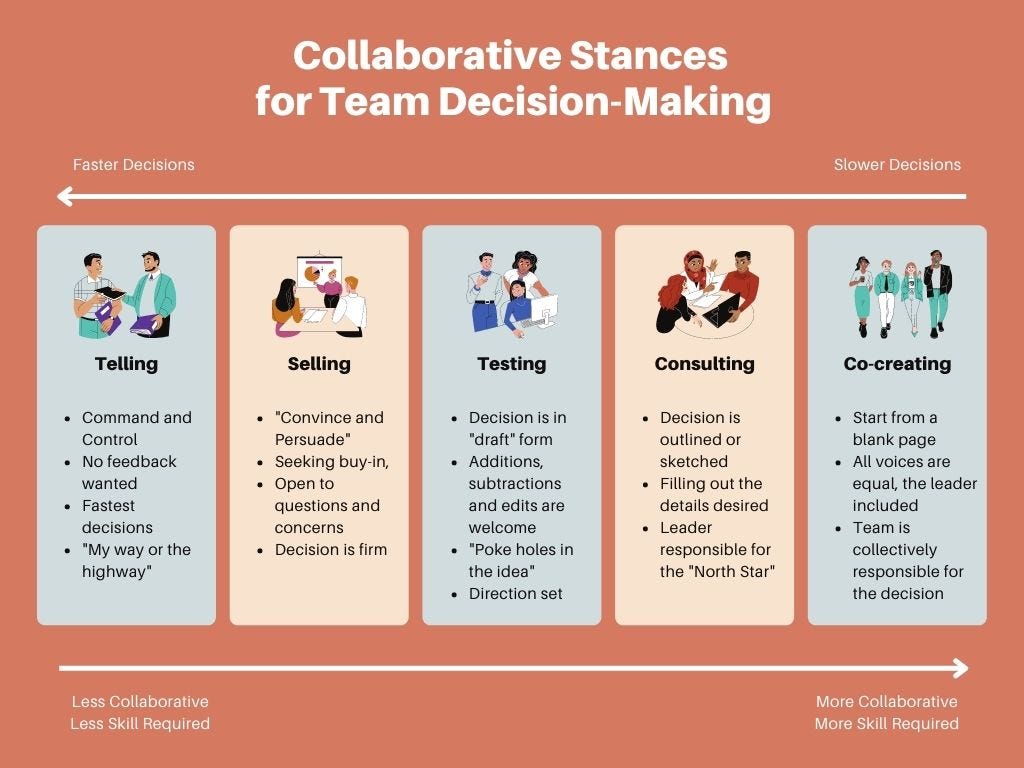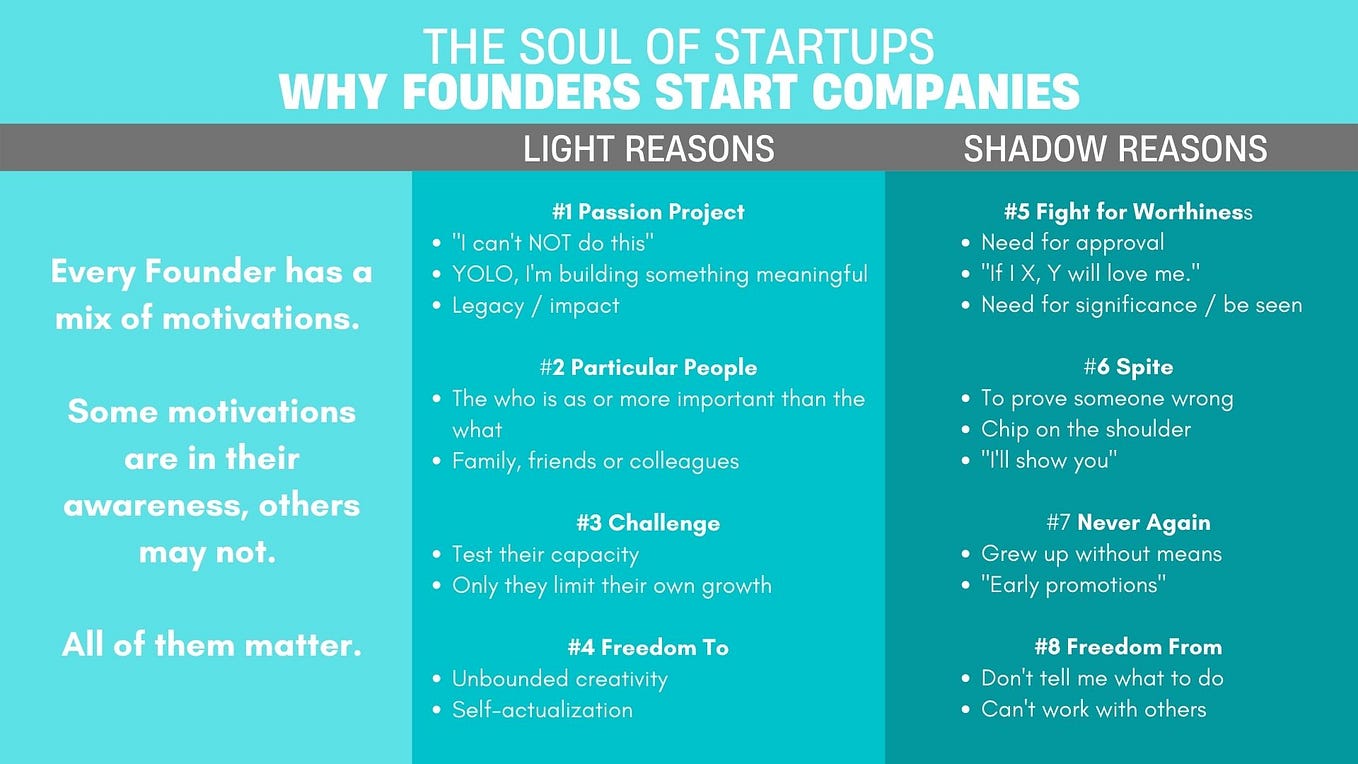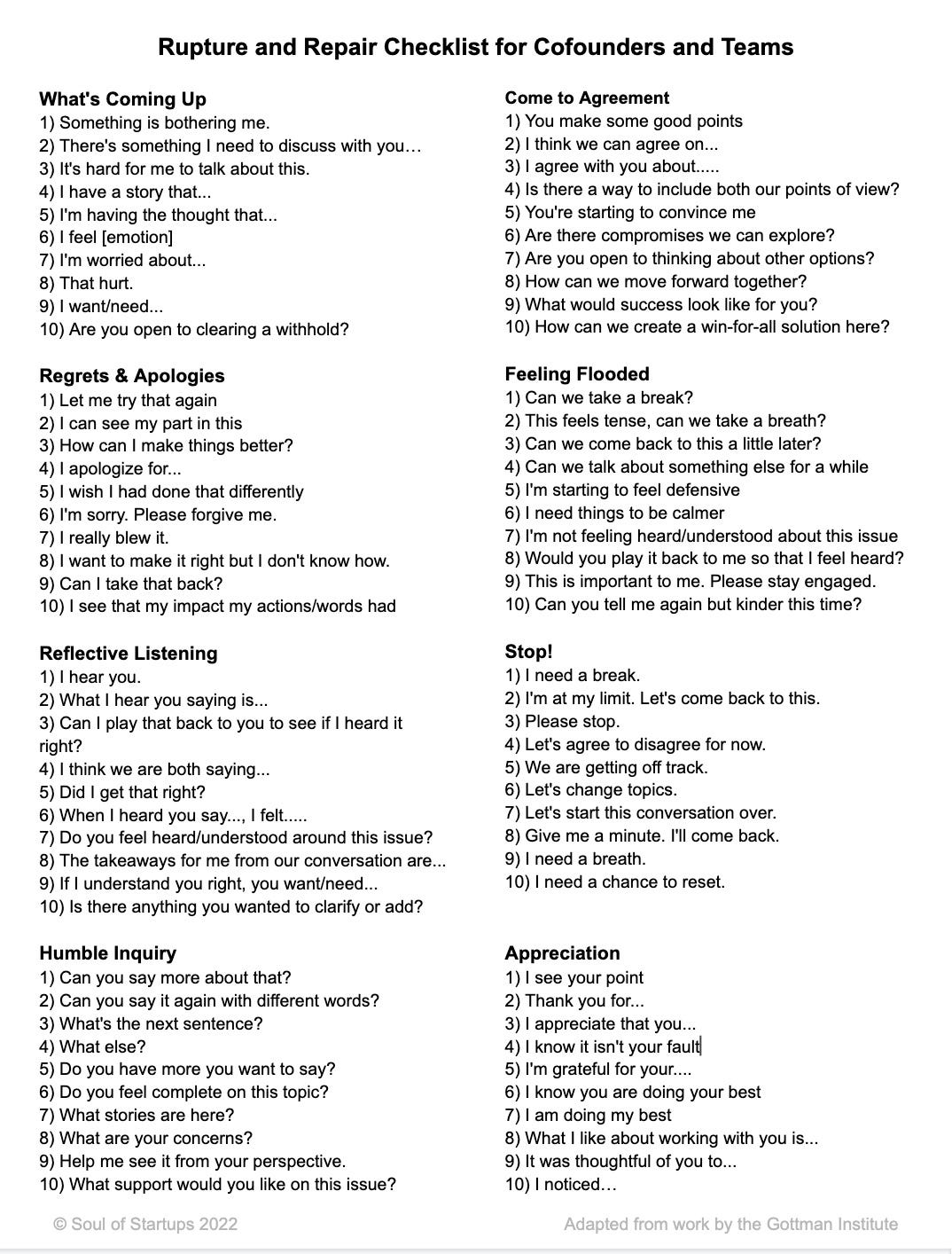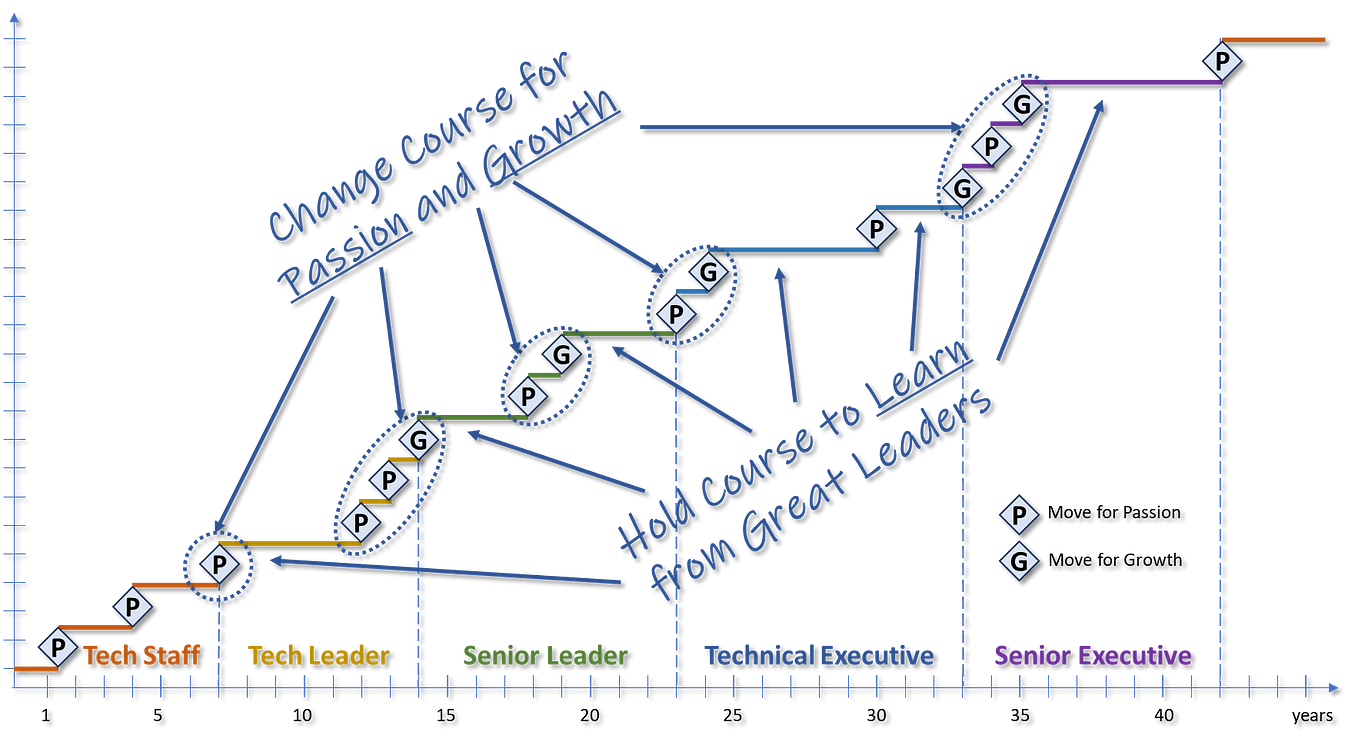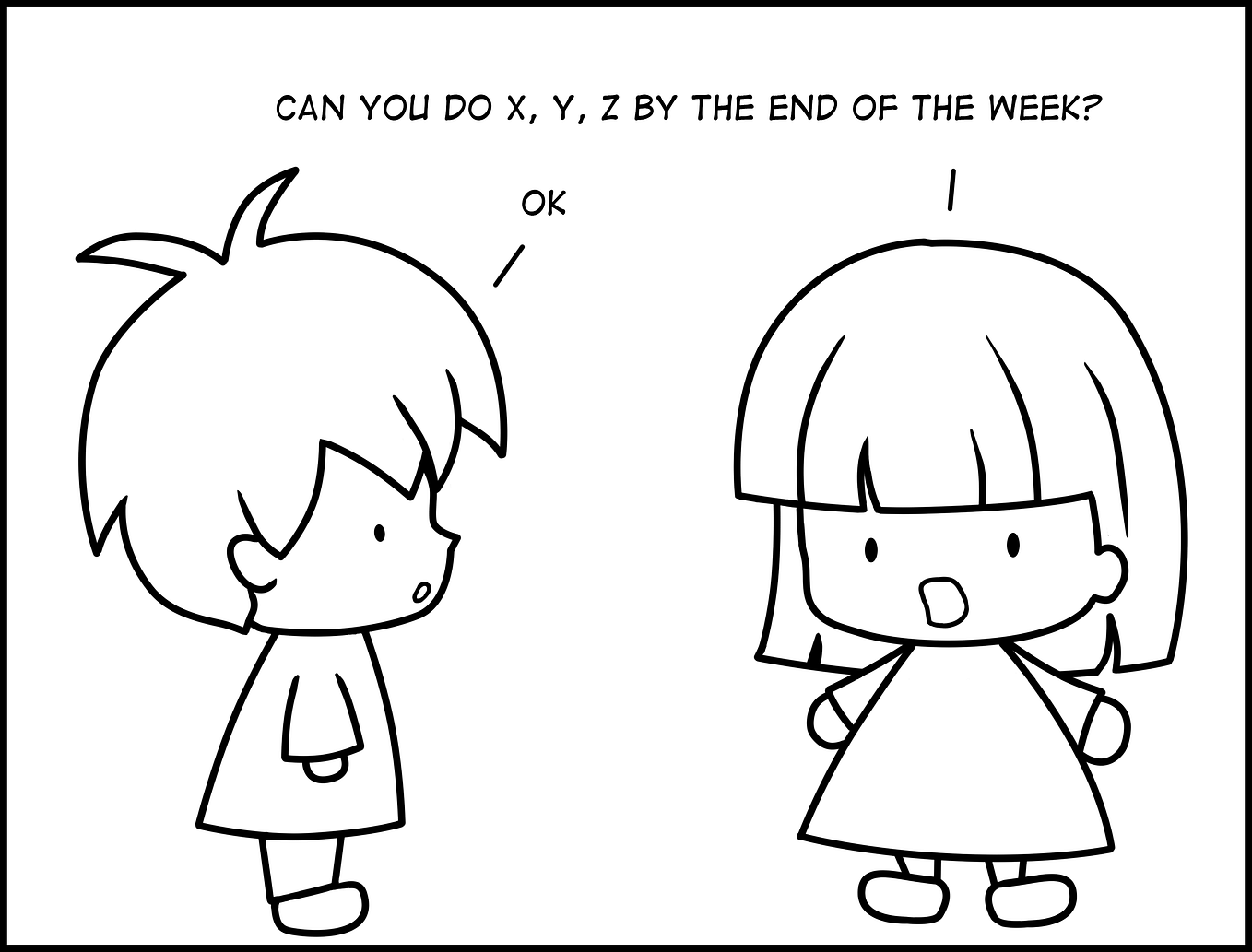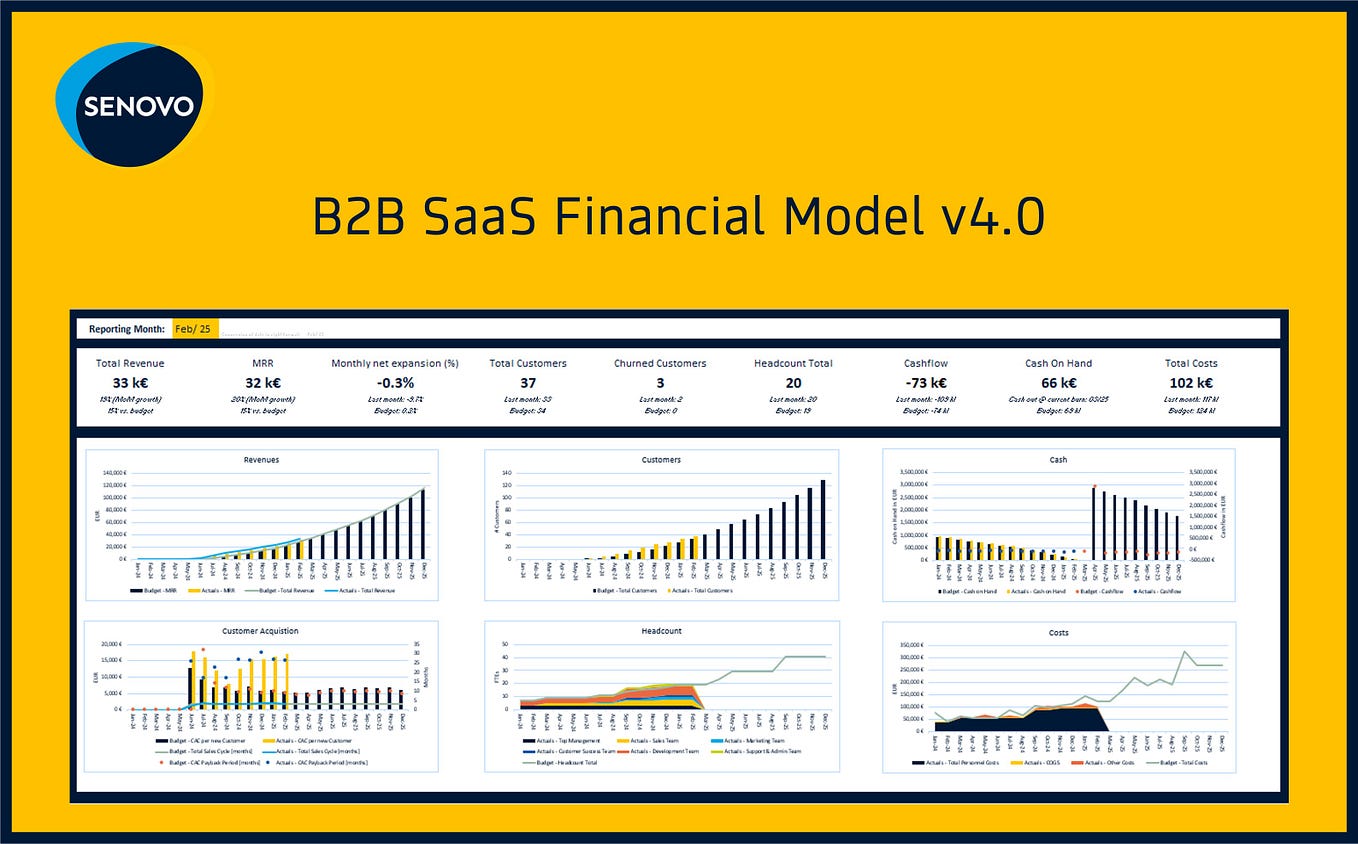First People, then Process, Product = Profits
I was talking to another friend in operations at a startup, and I asked him what his philosophy of company building was. How would he prioritize these four things: people, process, product and profit? I wasn’t looking for him to agree with me, I was wondering how clear that picture was for him. I’m wondering, how clear is that picture for you?
I care about the order of priorities in company building. That order is important because each builds on the momentum of the one that comes before it, and it shapes the ultimate culture of the company. Sure, you can build in a different order with different priorities, but I’m not convinced it’s a company that’s sustainable or that I want to work at.
I’m in good company putting people first, there’s a good argument to be made for putting people first, especially in the intellectual capital driven economy most of us work in. Getting the people part right is table stakes in the creative economy. Lend me that assumption.
Product before profit? I believe that a well-loved product is a good recipe for a profitable business. I realize the best product doesn’t always win the day, but I love working with a strong, product-driven company. It’s full of hope and potential for making things better, from which money flows and brand ambassadors arise, not the other way around. It’s how I’d prefer it to work if I have a choice.
But I bet some of you don’t agree with me about the emphasis on process. In fact, if you’re an entrepreneur, you might want to take it off the list of priorities completely. Based on my experience, founders are attracted to startups by virtue of their lack of process- everything is possible, there are few if any rules or restrictions because everything is being created from scratch. Everything moves from nothing to something. Often, if that founder or founders had the freedom at their last jobs to do it their way, they might still be there. A startup with no real process offers the freedom to explore and not be fenced in. I get it. I’m a freedom lover myself. And, I’ve grown a loving respect and patience for the gifts process can bring a startup when it is right-sized for the endeavor. In Daniel Siegel’s analogy, it keeps startups in a middle zone with chaos on one side and rigidity on the other. Two much at either end and the startup is dysfunctional. If you’ve been around startups, I’m sure you know the feeling of dysfunction, and it often stems from the CEO- either everything by the book (rigid) or seemingly no rules or structure (chaos). The right amount of process is something in the middle, and it has a purpose. It also changes over time as the startup grows, that’s what I mean by “right-sized” process, different processes at 3, 30 or 300 people.
For me, a lot of things fall under “process”. It could be the way you hire people at your company, or the way you onboard a customer or ship a product. All of those work flows have a process to them, but I want to talk about another kind of process — your company cadence. Your company’s cadence is the set of integrating events the are the touch points of your team and your company. They include stand-ups, scrum meetings, retrospectives, all-hands meetings, company off-sites, planning meetings, etc.
If your company has some discipline, they happen on a reliable cadence, i.e. a stand-up every morning at 9, a company all-hands meeting the first Monday of the month, a retrospective at the end of each two-week sprint, the quarterly off-site. Together, theses meetings are like the drumbeat of the company. Every team within the company might have a slightly different drumbeat, but it’s steady. In fact, in a startup, it might be the only thing that is.
That certainty of predictable events decreases our stress in a potentially high-stress environment that is a startup. In 2008, researcher David Rock introduced the SCARF model, which showed that our bodies respond to threats in social situations exactly the same as in physical situations. Put differently, you will exhibit stress in physiologically similar ways whether you see a lion walking in the grass of a savannah or an angry boss roaming the cubicles. The research outlined changes to five things that constitute a threat is a social setting: Status, Certainty, Autonomy, Relatedness, & Fairness (SCARF)
If you’re a startup founder looking at that list, maybe you’re thinking there’s a lot you can do to address them and minimize threats people might feel at work by giving them lots of autonomy and having a path for them to grow with the company, etc., but I challenge you to find a startup that can really promise certainty. It’s almost antithetical to the word entrepreneurship. Startups are risky and fast-changing. The newer they are, the more uncertain they are. So how do you, the founder, provide certainty to your team to help them perform at their best? With a very reliable cadence. That company drumbeat becomes the thing that employees and their leaders can count on, even when everything else is shaken like a snow globe.
So have some certainty about your cadence. Change your cadence and adapt as needed, but not more often than is really necessary. Be consistent about THIS THING. Offer a reliable cadence to your teams as a routine, as a ritual, as something they can count on. They won’t know the value it provides, that awareness is typically an undercurrent, one that has an impact that we’re not fully aware of, and it will be more important to some people than others. I pity the founder who thinks all of their employees has the same tolerance for uncertainty as they do, and I worry about how that lack of awareness causes stress for the people that work with them. Some people love structure, some people dislike structure, most of us are somewhere in the middle. If you want to minimize those events, keep them on the shorter side. Use a time timer and time boxes to keep things moving. Do them at the same time, keep the cadence, predictability is key. Schedule them well in advance, schedule them out the whole year if you want, you can always adjust.
And for my favorite rebels, my dear structure-hating founder, please don’t fight this kind of process. Not everyone is as freedom-loving as you. Give them this undergirding. It will make your company better by making it a place where more kinds of people can thrive. A small number of well-run integrating meetings is what great companies do. Read Patrick Lencioni’s book, the Advantage, for a good primer on how to do it in your company, or any other book that offers insights on these basic meeting types. I would add that if you add a lean approach to those meetings by layering in a learning loop (plan, do, check, adjust) then the process of learning will lead you and the company to figure out what the right drumbeat is for you.
By the way, that learning loop, everything except the “Do” in Plan, Do, Check, Adjust happens at those integrating events, it is the way companies bake in continuous improvement. I talked about the psychological benefits of doing them, but it’s a side benefit. Learning, alignment, the reduction of waste and the building of trust are the primary benefits.
People, Process, Product, then Profit. It can be done other ways, there are entrepreneurs who’ve been successful with a different set of priorities, but this is my list of what comes first and what comes next. I think this set of priorities has the best chance of creating a successful company that I would be proud of — one that takes care of its people, embraces learning, serves its customers well and makes a lot of money. Who wouldn’t want to work there?

